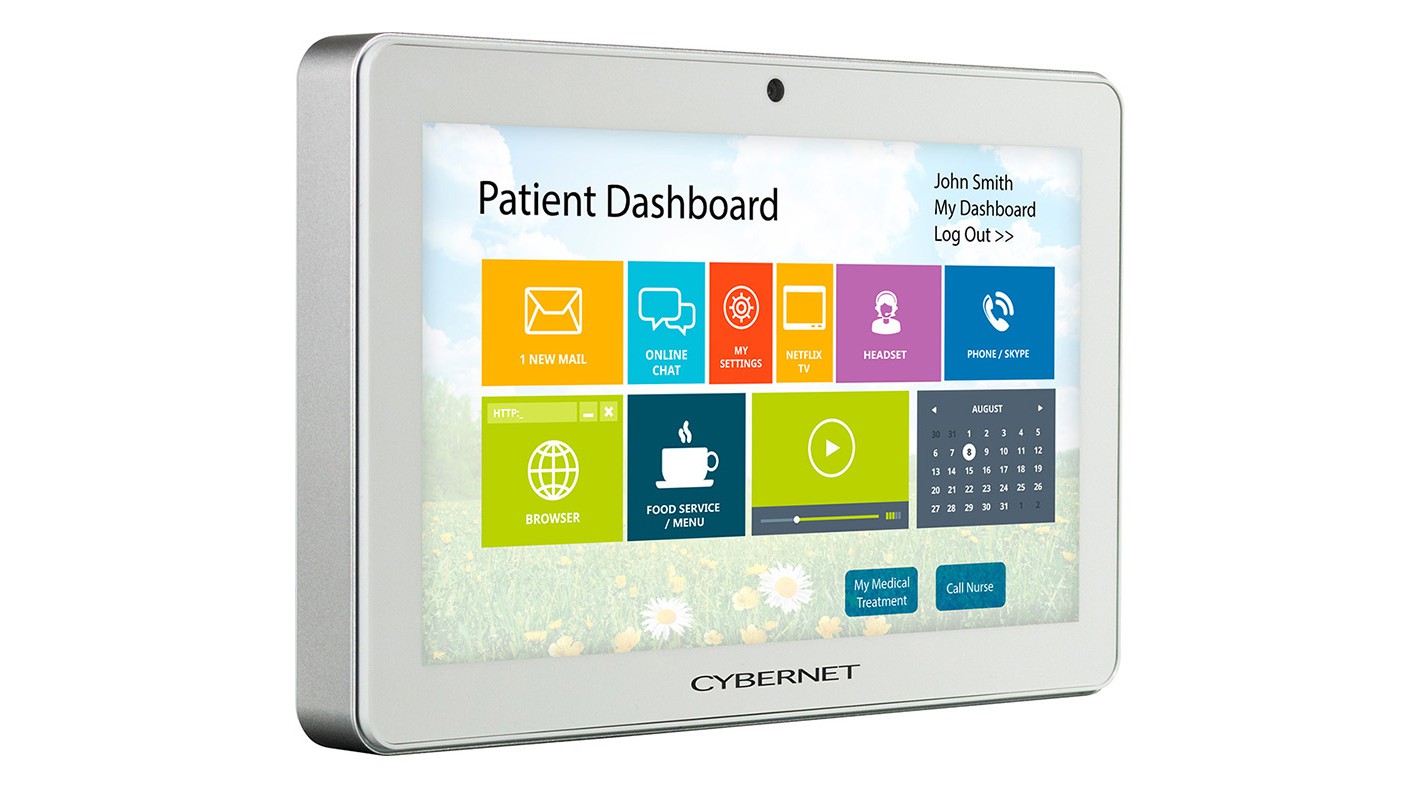Medical software, like those found in a hospital’s medical computer or tablet, are programs that automate some process for the healthcare sector.
EHR/EMR, telehealth/telemedicine, Remote Patient Monitoring (RPM), medical image analysis, and medical diagnosis are the most well-known examples of medical software. Today we cover five more. While some are aimed for use by the provider (e.g.., medical database), others are primarily targeted for patients (e.g., health tracking / mHealth). As you’ll quickly see, most work closely together to provide the best patient experience.
Medical Database Software
Article Guide
Medical database software contains histories, treatment plans, and health information of patients. This is similar to electronic health records (EHR).
The significant difference is how it’s used. Unlike EHRs, which providers use to track the patient’s health, medical databases are used when they’re focusing on diagnosing the disease or abnormal condition itself.
PubMed.gov is a well-known healthcare software of this type. A provider whose patient has necrotizing fasciitis aka “flesh-eating disease” may pull the database up to browse all patients’ EMRs diagnosed with it. They can then compare and contrast their symptoms, treatments, and prognosis.
The similar “medical research software” is also found at the site. This type of program is commonly used to train medical personnel. It can also be referenced to pull up articles and papers on the disease if there are no similar clinical cases among patients locally.
E-prescribing Medical Software
The days of patient’s dropping off paper prescriptions at their local pharmacy are long gone. Medical professionals, from providers to nurse practitioners to physician assistants, now issue, track, renew, and cancel prescriptions for their patients electronically. This helps to reduce misinterpretation of the prescription because of illegible handwriting, the selection of an incorrect or unavailable drug, or duplication.
E-prescription medicine software is integrated with national drug reference databases. This greatly aids in the illegal diversion of controlled substances.
Medical Billing Software
Healthcare is expensive to operate. This is especially in countries where the private sector primarily handles it.
This is where medical billing software comes in. It helps the medical clinic and hospital accounting departments track:
- Patient invoices
- Payments
- Miscellaneous financials
Data from related departments like medical coding, which provides the standard codes for names like disease and treatment plans, can also be synced with such programs.
Note that many software medical for billing are often integrated into the EHR or hospital management e-systems.
Health Tracking Apps (mHealth)
Mobile health, or mHealth, are health tracking apps used by consumers for a variety of health-related reasons.
This form of healthcare software is definitely the widest use among users. The most popular ones track physical activity, movement, diet, and weight loss efforts. Mental health and well-being apps (meditation and stress reduction) are increasingly available. Others, called femtech, focus primarily on women-focused health concerns like pregnancy and menstrual cycle. Even more specialized ones aid caregivers in keeping track and monitor their hospice patients thanks to wearables.
Many healthcare groups are increasingly integrating medical software like EMR, with mHealth apps. High-performing ones provide telehealth services as well as more administrative tasks like settling medical bills to scheduling appointments. In turn, healthcare professionals can access medical records, including data from the apps themselves.
Personal Health Records
At first glance, personal health records, or PHR, are a form of mHealth. But unlike those apps, PHRs focus more on monitoring disease processes than healthy habits and lifestyles. PHRs would aid a patient suffering from Parkinson’s disease, for example. They would note in their app any symptoms, sensations, medication, or treatment. Because of this difference, they have also been called medical diaries.
A PHR may or may not sync with a provider’s medical software. Those that do allow the provider to generate and review a health report on their medical tablet before the patient’s visit.
Closing Thoughts
Medical software are computer programs and digital technologies used throughout healthcare to ensure a high level of patient care. While EHR and telehealth are the most well-known examples, others, like medical databases and health-tracking apps, have important roles within the sector.
Contact an expert here at Cybernet if your healthcare group wants to know why it’s advantageous to integrate its medical software with our medical computer.
3 Ways Patient Infotainment is Improving Patient Health
October 23, 2017
Credence Research, a worldwide market research and counseling firm, reports that increasing demands across the US, UK, and other nations for patient infotainment systems have prompted large investments from hospitals,…
0 Comments6 Minutes
You Can't
Learn from a Pop-up
But we can deliver knowledge to your inbox!
We dive deep in the industry looking for new trends, technology, news, and updates. We're happy to share them with you.
Knowledge, News, and Industry Updates Right in Your Inbox



